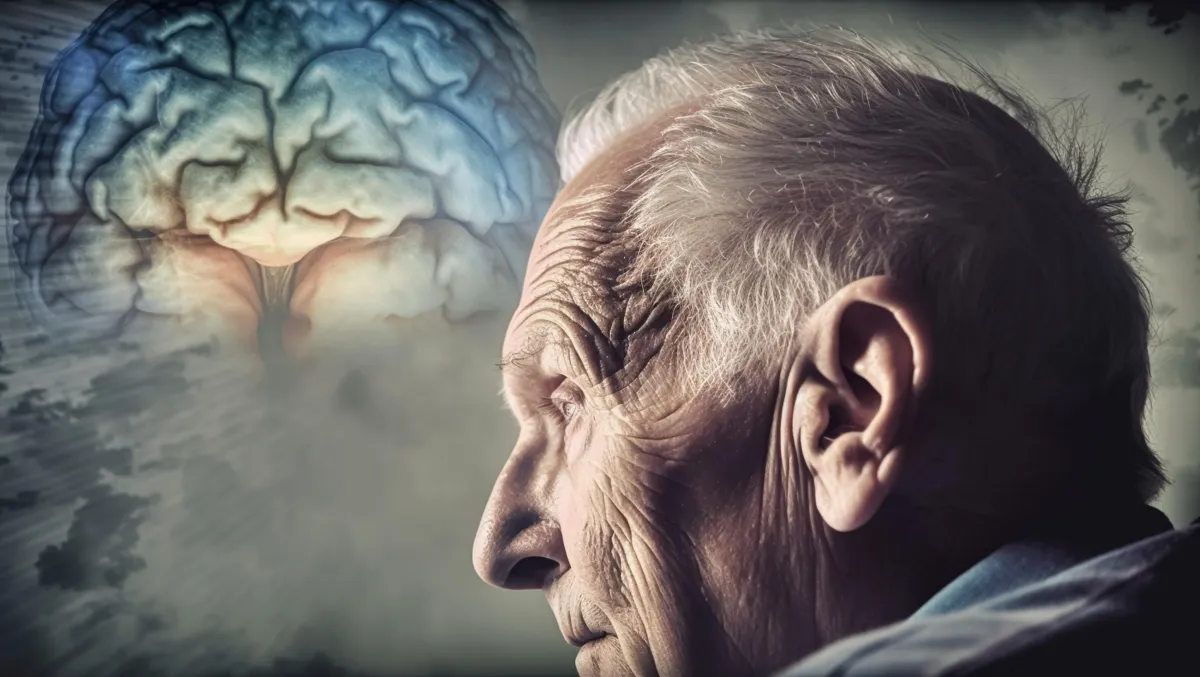
Addiction and the Reward Pathway in the Brain
Addiction is a complex condition that goes far beyond willpower—it’s rooted in brain chemistry. At the heart of addiction is the mesolimbic reward pathway, often called the brain's "pleasure center." This neural circuit, which includes structures like the ventral tegmental area (VTA) and nucleus accumbens, is responsible for reinforcing behaviors that ensure survival—like eating and social bonding—by releasing dopamine.
Drugs of abuse, such as opioids, cocaine, and alcohol, hijack this system by triggering massive surges of dopamine, far beyond natural levels. Over time, this overstimulation rewires the brain’s reward circuitry, reducing sensitivity to natural pleasures and increasing cravings for the drug. The result is tolerance, dependence, and often compulsive drug-seeking behavior, even in the face of harmful consequences.
This article explains the neuroscience behind these changes and how chronic substance use alters decision-making, impulse control, and emotional regulation. It also examines the genetic and environmental factors that influence vulnerability to addiction.
Crucially, the article emphasizes that addiction is treatable. It explores a range of evidence-based treatment approaches, including Medication-Assisted Treatment (MAT) like methadone or buprenorphine, behavioral therapies such as CBT and contingency management, and the importance of community support groups like NA and AA.
Long-term recovery often requires a multi-dimensional plan that addresses the biological, psychological, and social aspects of the condition. For individuals and families struggling with addiction, understanding the science can reduce stigma, foster compassion, and open the door to effective intervention and healing. By demystifying how addiction takes hold and how recovery works, this guide offers hope and a clear path forward.